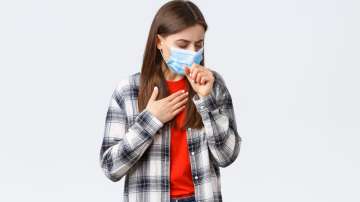Winter can pose challenges for individuals with chronic obstructive pulmonary disease due to several reasons. Cold air can irritate the airways, causing bronchoconstriction and making it more difficult for COPD patients to breathe. In addition, winter air tends to be dry, which can lead to dehydration of the airway mucous membranes. This can result in increased mucus production and difficulty clearing the airways.
Apart from this, the winter season is associated with an increased risk of respiratory infections like the flu and common cold. COPD patients are more susceptible to these infections, and they can exacerbate COPD symptoms.
What is COPD?
Chronic Obstructive Pulmonary Disease (COPD) is a chronic lung disease that is characterised by difficulty breathing, sneezing and coughing. The main cause of COPD is long-term exposure to air pollution. The symptoms of COPD typically worsen during winter months. There is currently no known cure for the disease, but early diagnosis can improve symptoms and help slow down the progression of the disease.
Precautions for COPD during winter:
Dr Viswesvaran Balasubramanian, Consultant Interventional Pulmonology and Sleep Medicine, Yashoda Hospitals Hyderabad, a few precautions for COPD patients during winter include dressing in layers to keep warm, including a scarf to cover the nose and mouth. Breathing in warm, humidified air can be less irritating to the airways.
Limiting outdoor activities during extreme cold weather and restricting outdoor activities during warmer parts of the day can mitigate the harsh effects of winter.
Drinking plenty of fluids to prevent dehydration caused by the dry winter air helps to keep mucus thin and easier to clear from the airways. Good hand hygiene can reduce the risk of respiratory infections. Avoiding pollution and ensuring compliance with medications and appropriate vaccinations can help protect against exacerbation of COPD.
ALSO READ: China on ALERT over likely COVID-19 relapse ahead of winter | Key points
